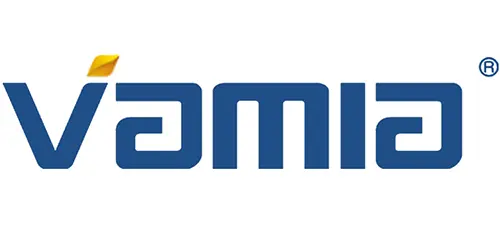The Drawbacks of Reverse Osmosis

1. Mineral Depletion
One of the main drawbacks of RO technology is that it not only removes harmful contaminants but also beneficial minerals from the water. Minerals such as calcium, magnesium, and potassium are essential for our body’s normal functioning. For example, calcium is crucial for strong bones and teeth, and magnesium plays a role in many enzymatic reactions in the body. When these minerals are removed from the water, the resulting purified water has a flat taste, and long – term consumption of mineral – depleted water may have potential negative impacts on health.
2. High Energy Consumption
RO systems require a relatively high pressure to force water through the semi – permeable membrane. This means that they consume more energy compared to some other water purification methods. In areas where energy resources are scarce or expensive, the high energy consumption of RO systems can be a significant drawback. For example, in some remote areas with limited access to electricity, running an RO system may not be a practical option due to the high energy costs.
3. Waste Water Generation
Another issue with RO technology is the generation of waste water. During the reverse osmosis process, a significant amount of water is rejected as waste. This waste water contains the concentrated contaminants that have been removed from the incoming water. In regions facing water scarcity, the large – scale generation of waste water by RO systems can be a concern. For example, in arid regions where every drop of water is precious, the waste water generated by RO systems needs to be carefully managed to avoid further water shortages.
The Drawbacks of Reverse Osmosis
Water Purifier Factory, Water Purifier For Home, Water Purifier Machine, Water Purifier, Water Filter Purifier System

